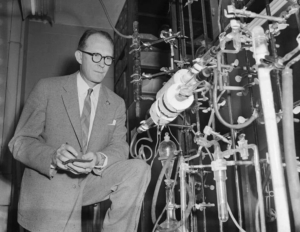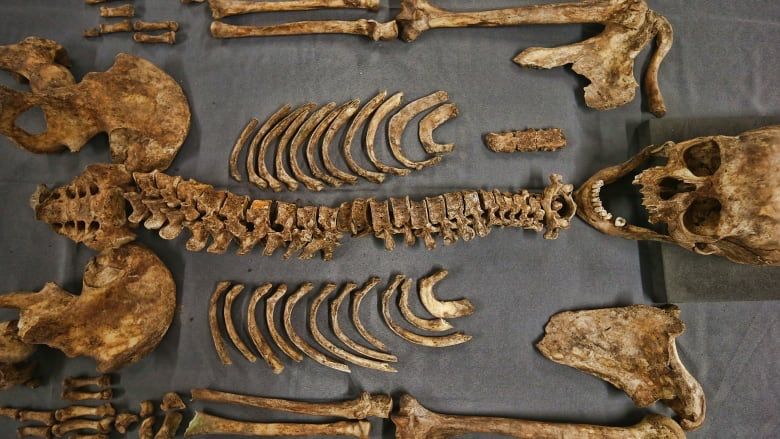VOKASI NEWS – The majority of students are equally curious in how history books that they have read specify that certain ancient bones had specific ages. In addition, the students are aware that learning about ancient times requires investigation, further consideration, and observation. Fortunately, scientists are always coming up with new theories and approaches to find answers to new problems.
Consider the difficulty that scientists must overcome. How are scientists meant to piece together the history of the unearthed organism, for example, dinosaur discovery during a dig in a faraway part of the world? To find out more about these extinct animals, these experts carefully observe them while also utilizing cutting-edge scientific methods. The age of the species is frequently first determined using the fossilized bones.
How could aged ancient bones provide information to scientists is the question. Scientists, such as geologists and archaeologists, utilize radiocarbon dating to solve the mysteries of the history of our planet. By measuring the amount of carbon-14 remaining in organic materials, radiocarbon dating can determine the age of ancient human remains, fossils, archaeological artefacts, and even historical documents with remarkable accuracy.

PICT 1 Professor Willard Libby, first trial to radiocarbon
The Fascinating Process of Dating Ancient Bones Through Radiocarbon Analysis
When an organism dies, it stops absorbing carbon-14, and the remaining amount in its body begins a gradual radioactive disintegration process. Scientists are aware of the half-life, or the amount of time it takes for half of a particular quantity of carbon-14 to decay. This enables them to determine the age of an organic object, such as an animal skin or skeleton, ash, or a tree ring, by calculating the amount of carbon-14 to carbon-12 that is still present in the object and comparing it to the carbon-14 half-life.
This is known as an element’s half-life. Therefore, scientists measuring the ratio of carbon-12 to carbon-14 in a dead tree, for example, the scientist will be able to calculate how long ago that organism lived. Different elements work for different ages. Carbon-14 works for the last 50,000 years or so, while Uranium-238 has a half-life of 4.5 billion years, and will let the scientists date the most ancient of rocks.
Depending on how old the material is, radiocarbon dating is thought to be accurate to within a few decades or centuries. Since so little radiocarbon is left after 50,000 years, dating anything older than that is highly challenging, however some measurements of samples up to 75,000 years old have been made
According to BBC Science Focus, in the 1950s and 1960s, nuclear weapons tests briefly doubled the levels of radiocarbon in the atmosphere and radiocarbon dating needs to account for this to remain accurate (Villazon, 18). Conversely, burning fossil fuels since 1900 has steadily lowered the amount of radiocarbon, because coal, oil and gas are all formed from plants and animals that died millions of years ago and so have essentially no radiocarbon left.
BACA JUGA: Workshop and Sharing Session: Sustainable University-Industry Collaboration 2023
***
Author: Nurul Isli Fateha
Advisor Lecturer: Angkita Wasito Kirana
Editor: Muhammad Duiqi Alfiansyah – Branding Team Faculty of Vocational Studies



